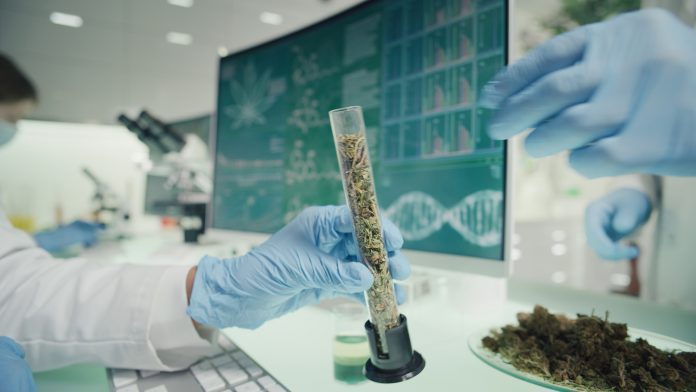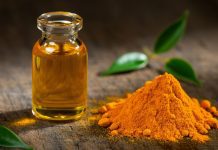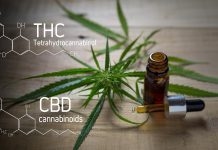
A team of plant biologists at The University of British Columbia has identified the process in which cannabis cells make cannabinoids for the first time.
Despite a range of biotechnology companies aiming to engineer cannabinoids (THC/CBD) outside of the cannabis plant in yeast of cell cultures, it is currently unknown how the plant does it naturally. Now, experts from The University of British Columbia have discovered the high-efficiency “hacks” that cannabis cells employ to perform this process.
Dr Sam Livingston, a botanist at the University of British Columbia who led the research, said: “This really helps us understand how the cells in cannabis trichomes can pump out massive quantities of tetrahydrocannabinol (THC) and terpenes—compounds that are toxic to the plant cells at high quantities—without poisoning itself.
“This new model can inform synthetic biology approaches for cannabinoid production in yeast, which is used routinely in biotechnology. Without these ‘tricks’, they’ll never get efficient production.”
The study is published in Current Biology.
Cannabis trichomes
Humanity has cultivated cannabis for centuries for pharmacological effects elicited by its specialised metabolites, most notably CBD and terpenoids. Currently, the cannabis market relies on the biological activity of tiny cell clusters known as glandular trichomes predominantly found on the plant’s flowers to produce cannabinoids.
The new study illuminates the microenvironments where THC is produced and transported in cannabis trichomes and reveals an array of essential processes within the cell that result in the production of cannabinoids.
How are cannabinoids made?
The researchers utilised rapid freezing of cannabis glandular trichomes to inhibit the plant’s cellular structures and metabolites in situ. This allowed the team to analyse cannabis glandular trichomes using electron microscopes which revealed the cell structure at a nano level. This illustrated that the metabolically active cannabis cells form a “supercell” that functions as a tiny metabolic biofactory.
Traditionally, synthetic biology approaches have focused on enhancing the enzymes responsible for making cannabinoids, sort of likely building a factory with the most efficient machinery to make products in the highest possible quantity.
However, these methods have not yielded the most efficient way to transport intermediate substances between enzymes or from inside the cell to outside, where the final product can be collected. This study reveals the subcellular route cannabis uses to provide an efficient pipeline from raw materials to end products without storing toxins or waste products.
Dr Lacey Samuels, a plant cell biologist at UBC, concluded: “For more than 40 years, everything that we thought about cannabis cells was inaccurate because it was based on dated electron microscopy. This work defines how cannabis cells make their product. It’s a paradigm shift after many years, producing a new view of cannabinoid production.”







